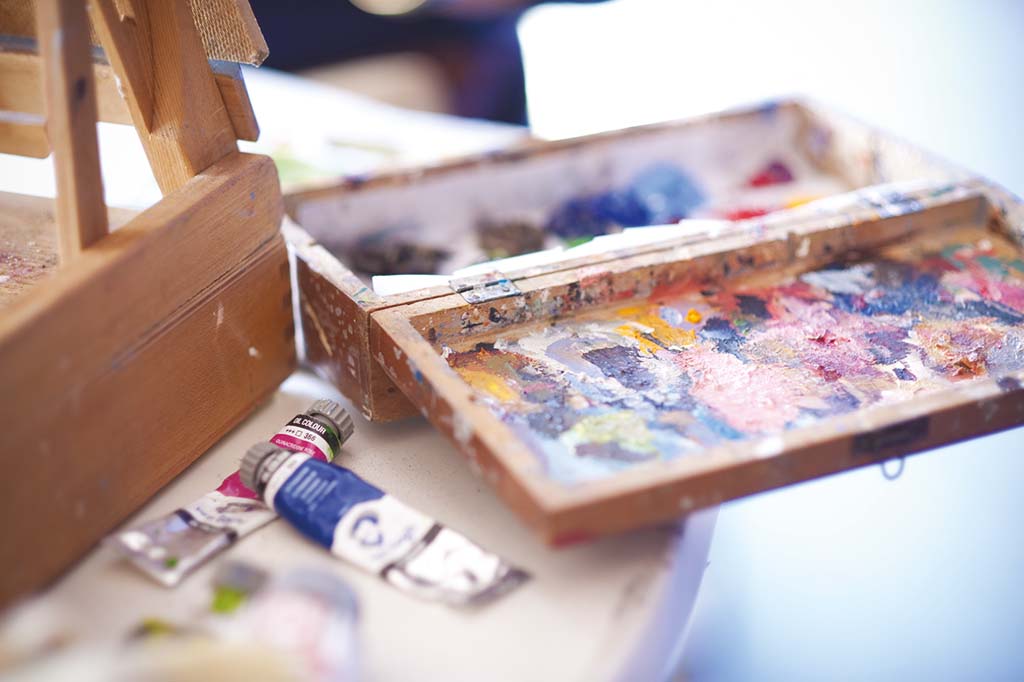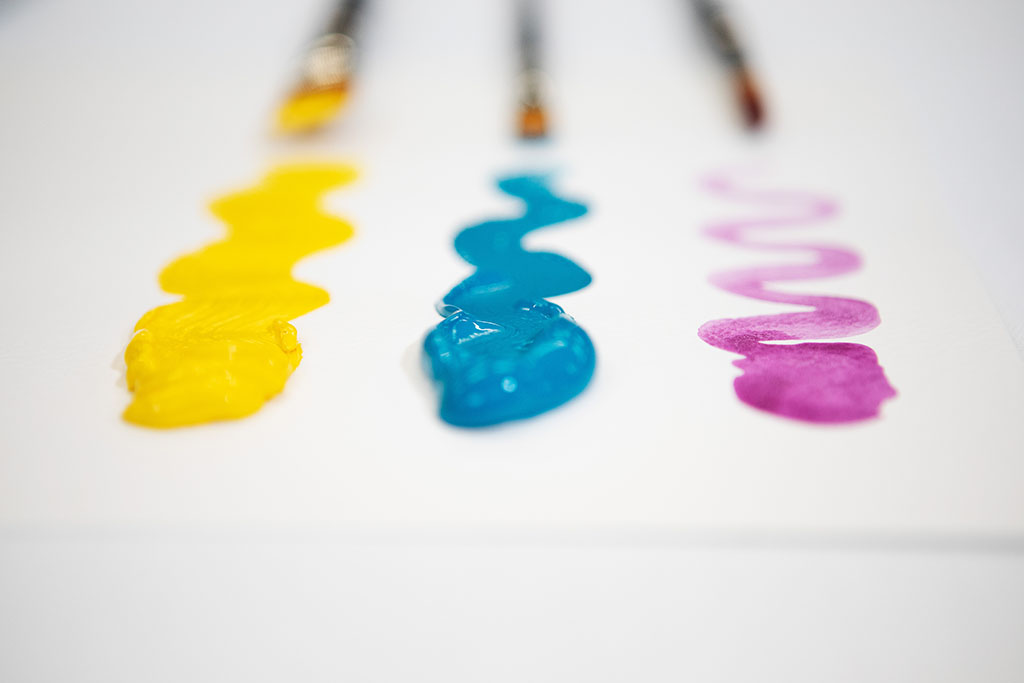Anyone who has ever painted outdoors will tell you that there’s nothing quite like it. The fresh air, the beautiful light and colours—it’s all inspiring. But if you’re not a professional painter or artist, you may be wondering how to get started with outdoor painting. While there are plenty of tips out there for artists […]
When learning how to paint, you’ll need to know how to choose a limited palette. This can help you master colour mixing and also keep your painting supply costs down. What is a limited palette? In traditional oil painting, a limited palette refers to the number of colours you decide to use in your painting. […]
Hello lovely, I’m Ginnie from @sewmebeautiful on Instagram. I “found” AnnMarie and Crafty Studio through Instagram and a mutual sewing friend. I won a gift voucher from AnnMaries shop in a giveaway they hosted together. It was the start of a wonderful series of fabrics crossing the pond! I was kindly gifted 1,5 meters of […]
This September saw lots of social media campaigns highlighting sustainability in the sewing community. There have been some really inspiring posts highlighting the need to be sustainable in our sewing practices, and practical steps people are taking. While we may strive to be 100% sustainable, this is not always possible and every little bit we […]
Ann Marie contacted me and asked me if I would make an item of clothing and write a blog using her 100% viscose in a solid colour. We discussed at length what pattern would show off this beautiful fabric. I eventually decided on my old favourite, Butterick B6378. I must say I was a little […]
Hi everyone, my name’s Gemma (also known as @thedalythread on Instagram), and I’m delighted to be a guest blogger with The Crafty Studio. When Ann Marie put a call out for guest bloggers, I thought I would put myself forward and I was so pleased when she chose me to do blog for her. Ann Marie […]
I was delighted when I spotted a call for a sewcial sew along by Ann Marie in Crafty Studio on Instagram. This was exactly what I had been looking for, as I had returned to sewing after a 20 year break and was looking to join a sewing class closer to home. I wanted to […]
More and more we hear of sustainability and being eco friendly or slow fashion. But what does this really mean? Reduce reuse recycle? Ending consumerism? Planting a tree? Yes possibly all of the above! Sustainability simply means , can we carrying on the way we are going, is what we are doing sustainable? If not, […]
On Friday we decided to do our 1st pop up shop. It was held in the cottage market, Red Stables, St Annes Park Clontarf. What a beautiful venue for a for a market. The Red Stables as its is now called was the stables for Lord Ardilaun in St Annes Estate. The Cottage Market, is […]
New yrs resolution done! A piece in an exhibition. Sorry a bit late blogging about it!!The exhibition was run by the Eastern Branch of the Irish Patchwork Society. Held in Phoenix park visitor centre next to the walled garden. As soon as I heard the theme and location images of the beautiful walled garden came […]
- 1
- 2


